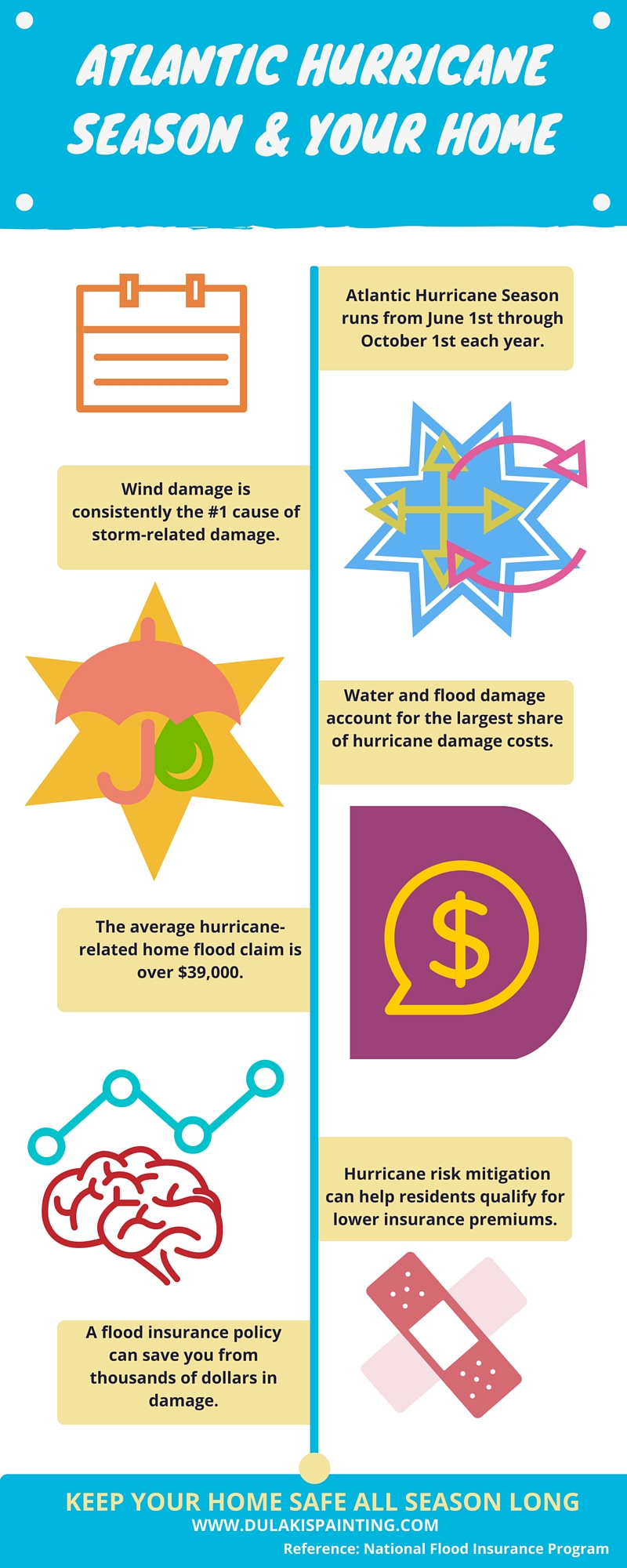Learn About The Ways In Which Seasonal Variables Can Influence The Success Of Industrial External Paint And Determine The Best Times To Attain Lasting Results For Your Project
Learn About The Ways In Which Seasonal Variables Can Influence The Success Of Industrial External Paint And Determine The Best Times To Attain Lasting Results For Your Project
Blog Article
Material Composed By-Fox Bagger
When you're planning a business external painting project, seasonal elements can make or break your results. You'll wish to take into consideration exactly how temperature and moisture influence paint application and drying times. Choosing the ideal period can guarantee your paint sticks appropriately and lasts much longer. Yet which periods are really the very best for this sort of work? Allow's discover the key elements that can affect your project's success.
The Effect of Temperature Level on Paint Application
When you're intending a business external paint project, the temperature can considerably influence how well the paint adheres and dries.
Ideally, you wish to repaint when temperature levels vary in between 50 ° F and 85 ° F. If it's as well cold, the paint might not heal appropriately, causing problems like peeling or splitting.
On the other hand, if it's as well warm, the paint can dry out as well swiftly, protecting against proper attachment and resulting in an unequal coating.
You need to likewise consider the moment of day; early morning or late afternoon supplies cooler temperature levels, which can be more beneficial.
Constantly inspect the manufacturer's recommendations for the particular paint you're making use of, as they commonly give guidance on the perfect temperature level variety for optimal results.
Moisture and Its Result on Drying Times
Temperature level isn't the only environmental factor that influences your business exterior painting job; moisture plays a considerable role as well. High humidity levels can decrease drying out times drastically, influencing the general high quality of your paint work.
When the air is saturated with moisture, the paint takes longer to treat, which can result in concerns like poor attachment and a higher danger of mold growth. If you're repainting on an especially humid day, be planned for prolonged delay times between coats.
It's important to keep an eye on regional weather conditions and strategy accordingly. Ideally, go for humidity degrees in between 40% and 70% for ideal drying out.
Keeping these factors in mind guarantees your project stays on track and provides a lasting coating.
Best Seasons for Commercial Exterior Paint Projects
What's the most effective time of year for your industrial external paint tasks?
Spring and very early loss are commonly your best options. During these seasons, temperature levels are light, and moisture levels are often lower, producing optimal conditions for paint application and drying.
Avoid mn interior paint color consultant , which can trigger paint to dry as well swiftly, leading to poor attachment and surface. Similarly, winter's cool temperatures can hinder proper drying out and treating, running the risk of the longevity of your paint job.
Aim for days with temperatures between 50 ° F and 85 ° F for optimum outcomes. Remember to examine exterior house painting minneapolis for rainfall, as damp conditions can wreck your task.
Preparation around these aspects ensures your paint project runs efficiently and lasts much longer.
Conclusion
Finally, intending your industrial exterior paint tasks around seasonal considerations can make a considerable difference in the end result. By scheduling work during the optimal temperatures and moisture degrees, you'll make certain better adhesion and drying out times. Remember to watch on regional weather prediction and select the right time of year-- springtime and early fall are your best options. Taking these actions will certainly help you accomplish a long lasting and specialist coating that lasts.
